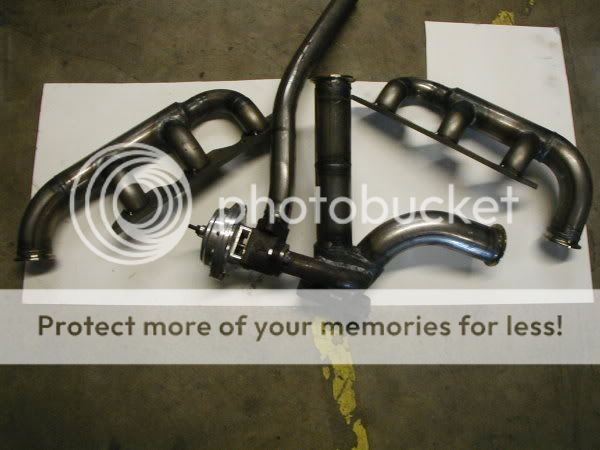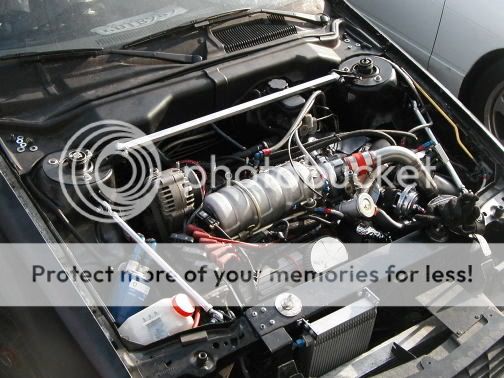i went threw this awhile back, when i was building my own turbos before i knew about Brian being on key with modern technologys. I was trying all kinds of stupid stuff... ruined alot of v6's! ask charlie... he was around for the daily threads of scattered internals.
Twin scrolls dont have much effect on the buick with stock headers because we merge all of our exhaust into a single point.
the idea behind the twin scroll is it seperates the pulses of the engine (4cyl) so that there is no loss in energy in the exhaust. having 2 cylinders that are opposite of each other merged at a single point also helps with exhaust scavaging.
however, thats not to say if you had some bitchen headers that split the buick inhalf, you could use this type of technology. I think Donnie Wang is pioneering this use as we speak.
correct me if i wrong guys....





